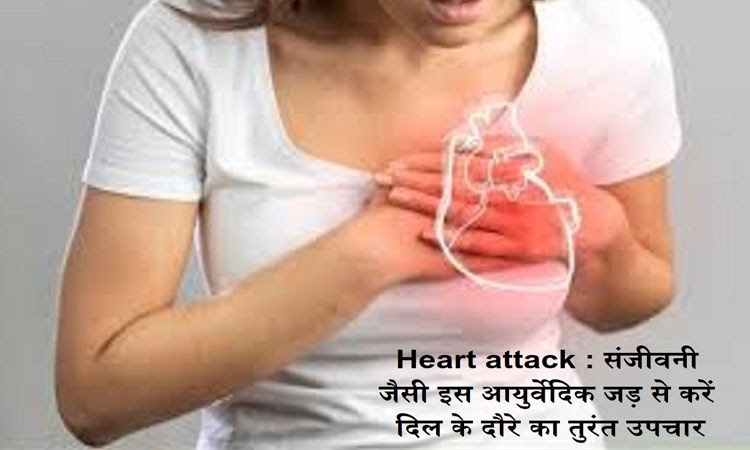news India Live, Digital Desk: Heart attack: Using the leaves and roots of some trees reduces many types of risks. Neem tree also has similar power. Everyone should know about Neem. This leaf is mostly used in summer. This not only keeps your heart healthy but also keeps many types of diseases away from you.
Not only Neem leaves but also its root is used as medicine for some diseases. Its use also improves vision. Apart from this, intestinal worms, stomach ache, loss of appetite and skin ulcers are also cured.
You can boil neem leaves and drink its water. Apart from this, you can also drink tea made from neem leaves. All these things are very beneficial for heart health.
People with heart problems can also use neem leaves. For this you can put neem leaves in water and drink it. When a person feels symptoms of a heart attack, he can immediately apply neem root to his tongue to prevent blood clotting for a short period of time. The root of Neem tree is beneficial for blood flow.
A heart attack is a medical emergency and the patient should be taken to the hospital immediately. In this situation, if the patient does not get timely medical help, the risk of death may increase. This is why experts advise not to ignore even minor symptoms of heart attack. It is believed that immediate medical attention can prevent damage to the heart and save the patient’s life.
First of all it is important to understand the symptoms of heart attack. Its symptoms may vary from person to person. Remember that not all heart attacks begin with sudden chest pain. Symptoms may start gradually with mild pain and discomfort. This can happen while you are resting or being active at work. How serious they are depends on your age, gender, and medical condition.
Common symptoms of a heart attack include discomfort or pressure in the chest, which may feel like pressing pain. This lasts for more than a few minutes. Pain and discomfort that extends beyond the chest and spreads to other parts of the body such as the arms or back, neck, stomach, teeth and jaw. Apart from this, you may also feel symptoms like sweating, nausea or vomiting, dizziness, nervousness, indigestion and fatigue. Women are more likely to suffer from problems like neck, shoulder, upper back or abdominal pain than men.
According to the Mayo Clinic, chest pain from a heart attack usually lasts more than 15 minutes. Some people have mild chest pain, while others have more severe pain. This discomfort is usually associated with a feeling of pressure or heaviness in the chest. Some people do not have chest pain or pressure at all. Some people have a heart attack suddenly, but many people get warning signs hours or days in advance. If a heart attack occurs, you should do the following immediately:
Call the emergency number: If someone is having a heart attack, the first thing you should do is call the medical emergency number. If you can’t find an ambulance or emergency medical vehicle, ask a neighbor or friend to take you to the nearest hospital. Do not attempt to drive yourself for any reason.
Take an aspirin: Keep chewing an aspirin until emergency medical help arrives at your door. Aspirin helps prevent your blood from clotting. Taking it during a heart attack can reduce heart damage. Do not take it if you are allergic to aspirin or your doctor has told you not to take it.
Take Nitroglycerin: If your doctor has asked you to take Nitroglycerin, then in such a situation use it immediately. If you think you are having a heart attack and your doctor has advised you to take nitroglycerin, take it as directed until emergency medical help arrives.
Use a defibrillator: If the patient is unconscious and you have an automated external defibrillator (AED) readily available, follow the instructions on the device for its use. It is used when the heart rate becomes fast or slow due to any reason. This device has proven to be very beneficial in conditions like heart attack and heart attack.
Give CPR: If the patient is unconscious, begin CPR. If the person is not breathing or has a pulse, begin CPR to maintain blood flow after calling for emergency medical help. To do this, apply hard and fast pressure to the middle part of the person’s chest with both hands. Do this about 100 to 120 times per minute.
